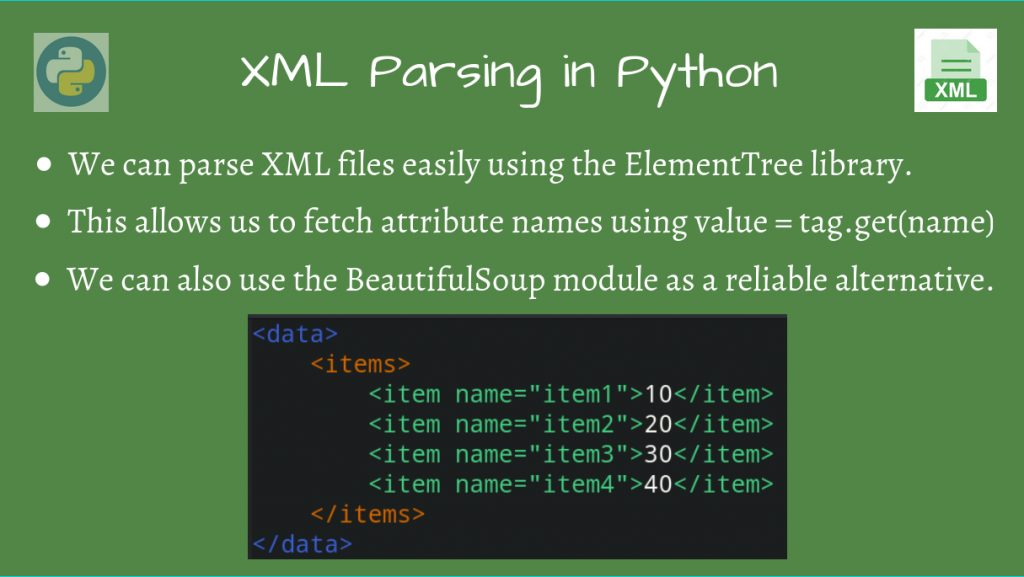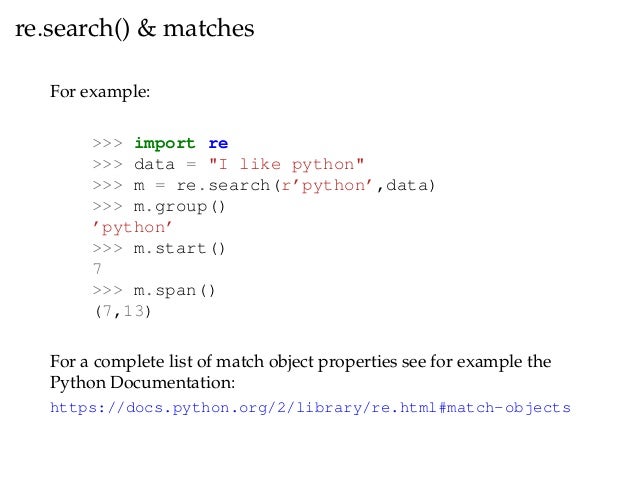

Print('%spart %s' % (' ' * indent_number, n)) Print('%s%s: %s' % (' ' * indent_number, header, value)) # loop to retrieve from, to, subject from email header. # variable indent_number is used to decide number of indent of each level in the mail multiple bory part. So we have to print out the hierarchy of the Message object recursively.

# parse the email content to a message object.īut the Message object itself may be a MIMEMultipart object, which contains nested MIMEBase objects, and the nesting may be more than one layer. # import parse email action required python parser module # delete the email from pop3 server directly by email index. # get email from, to, subject attribute value. # so that you can get the original text of the entire message use the join function and lines variable. # lines stores each line of the original text of the message # server.retr function can get the contents of the email with index variable value index number. # stat() function return email count and occupied disk size Print(server.getwelcome().decode('utf-8')) # print out the pop3 server welcome message. Pop3_server_welcome_msg = server.getwelcome().decode('utf-8') # open debug switch to print debug information between client and pop3 server.
Email parser python example password#
# input email address, password and pop3 server domain or ip address
Email parser python example code#
Parsing the original text use email module and parse it to a readable mail object.īelow python code will get the latest email content.Use poplib module to download the original text of the email to local.So there are two steps for you to receive email from a pop3 server in Python. So in order to turn the text received by POP3 into a readable email, it is necessary to parse the original text with various classes provided by the email module and turn it into a readable email object.

Note that the POP3 protocol does not receive the original readable message itself, but the encoded text of the message that SMTP sent.


 0 kommentar(er)
0 kommentar(er)
